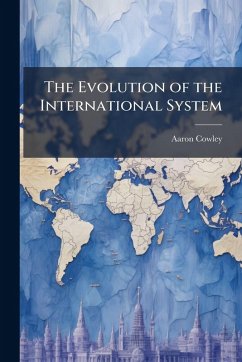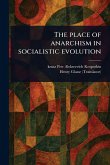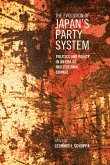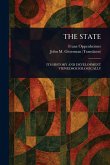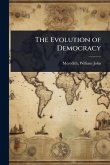This thesis presents a long-term, multi-disciplinary view of international relations that incorporates realism, liberalism, and constructivism into a distinct new theory. It focuses on the proposal that the international environment is a social system, driven by self-interest characterized by the larger evolutionary process. The analysis argues that human social evolution employs cooperation to fulfill self- interest. As cooperation increases, human social groups self-organize and amalgamate into larger groups and higher-order social constructs, creating the international system. Societies evolve and develop culture specifically to encourage and enforce cooperation. As evidenced by the spread of democracy, societies mimic and copy cultural aspects of more successful societies to reap the benefits of cooperation. Just as social constructs cooperate to meet the needs of the individual, states also cooperate to meet the needs of their own populations. This work has been selected by scholars as being culturally important, and is part of the knowledge base of civilization as we know it. This work was reproduced from the original artifact, and remains as true to the original work as possible. Therefore, you will see the original copyright references, library stamps (as most of these works have been housed in our most important libraries around the world), and other notations in the work. This work is in the public domain in the United States of America, and possibly other nations. Within the United States, you may freely copy and distribute this work, as no entity (individual or corporate) has a copyright on the body of the work. As a reproduction of a historical artifact, this work may contain missing or blurred pages, poor pictures, errant marks, etc. Scholars believe, and we concur, that this work is important enough to be preserved, reproduced, and made generally available to the public. We appreciate your support of the preservation process, and thank you for being an important part of keeping this knowledge alive and relevant.
Bitte wählen Sie Ihr Anliegen aus.
Rechnungen
Retourenschein anfordern
Bestellstatus
Storno

